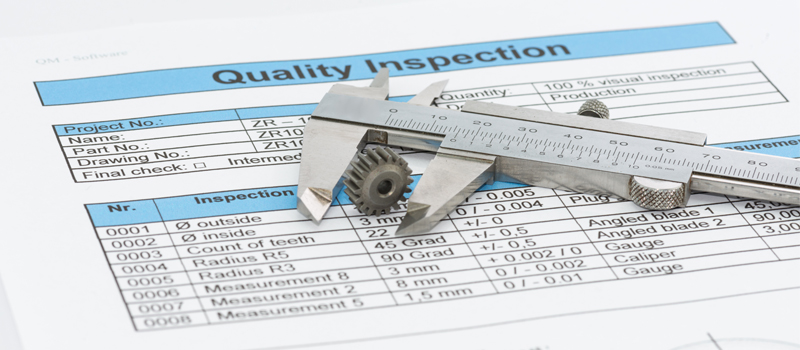Shop Talk: Inspection Schedules
Thursday, November 29, 2018

Most operators know that Onboard Systems cargo hooks typically require an overhaul every five or six years, depending on the hook, but did you know that other inspections and maintenance services are required at other intervals? For example, operators are required to maintain a record of cargo hook activities, including:
- Aircraft installation and removal
- Inspections, repair and overhaul
- Inactivity and storage events
Your best source of information about these additional inspections and maintenance requirements can be found in your cargo hook kit Owner’s Manual (120-XXX-XX format), the CMM Manual (122-XXX-XX format), and the ICA Manual (123-XXX-XX format). You can download copies of all user manuals at our website.
Generally speaking, the scheduled inspection intervals noted in the manuals are maximums and are not to be exceeded. Furthermore, if the cargo hook is subjected to unusual circumstances, extreme environmental conditions, etc., it is the responsibility of the operator to perform these inspections more frequently to ensure proper operation.
As an example, the requirements listed below are from CMM 122-005-00 for the TALON LC Keeperless Cargo Hook. Most of our cargo hook kits have similar requirements, but you should always refer to the manuals for your specific cargo hook kit to get the most accurate information.
Monthly Preventative Maintenance
- Remove accumulated soils from the exterior with a soft bristle brush and mild solvent/cleaner.
- In salt water environments, apply a corrosion preventative compound such as ACF-50 to all exterior surfaces.
Annual Inspection
- Annually or 100 hours of external load operations, whichever comes first, remove the cargo hook from the aircraft. Thoroughly clean the exterior with a soft bristle brush and mild solvent/cleaner and visually inspect for cracks, gouges, dents, nicks, corrosion, and missing or loose fasteners.
- Lubricate the cargo hook attach bolt. Recommended lubricants are Mobilgrease 28 or AeroShell 7.
Storage and Inactivity
- Cargo hooks may be stored in the original factory-sealed bag and box for up to two (2) years from the date of manufacture or the last factory overhaul.
- If stored in the original factory-sealed bag and box for less than two (2) years, it may be used without any additional activity.
- If stored in the original factory-sealed bag and box for more than two (2) years, the cargo hook must be subjected to the acceptance test procedures (ATP) described in the CMM manual before being used.
- If the cargo hook has been installed on an aircraft and subsequently removed from service, it may be stored in a reasonably protected indoor, dry, and heated storage area for up to six (6) months.
- If stored in this condition for less than six (6) months, it may be used without any additional activity.
- If it is to be stored longer than six (6) months, you should perform the following actions:
- Prepare the cargo hook for storage by thoroughly cleaning and drying the exterior, liberally applying ACF-50 corrosion preventative compound inside and out, sealing it in a plastic bag with a desiccant, and labeling it with the date of storage.
- If stored in this condition for less than two (2) years, it may be placed in service without any additional activity.
- If the period of storage exceeds two (2) years, the cargo hook must be subjected to an ATP as described in the CMM before being placed in service.
- If the cargo hook has been installed on the aircraft and subsequently removed from service but not stored in accordance with the instructions above, the cargo hook must be subjected to the ATP described in the CMM manual before being placed in service.
Don't forget that you can register your Onboard Systems products to ensure you are always notified about changes to your cargo hook kit manuals or new service alert bulletins.
Tags
vol15-iss4vol13-iss3inspection schedulesshop talkMore Articles
Load Cell Nut Adjustments
Don't torque that nut! Here's why you should never adjust the nuts on your load cells.
Load Cell & Indicator Troubleshooting Tips
How to determine if the problem in the load cell or the indicator?
Storage and Inactivity
Got storage questions? Here are a few guidelines to assist you with preparing your cargo hook for storage or reinstallation.
Load Cell TBOs
Load cells are not field serviceable and must be returned to the factory for overhaul.
Troubleshooting Onboard Weighing Systems
Download our Electronic Load Weigh System Troubleshooting Guide for recommended troubleshooting procedures that can be implemented in the field to diagnose and resolve problems.


